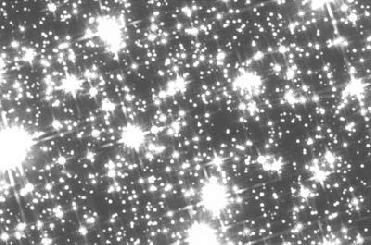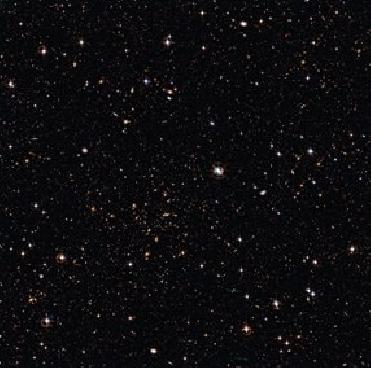
New infrared images of the Milky Way globular cluster 47 Tucanae. A NASA, ESA Photo.
WASHINGTON (BNS): A preliminary analysis of elderly stars in the Milky Way appears to strike a blow against the prevailing theory of galaxy formation. The study suggests that several large and seemingly disparate chunks of the Milky Way galaxy have formed at the same time from the collapse of a single blob of gas and dust.
The new evidence, which astronomers emphasis as only tentative, comes from a new, ongoing study of a familiar globular cluster - a dense, elderly grouping of more than a million Milky Way stars collectively known as 47 Tucanae, according to a NASA news report.
Harvey Richer of the University of British Columbia in Canada and his colleagues examined 47 Tucanae with two Hubble Space Telescope cameras - the Wide Field Camera 3 and the Advanced Camera for Surveys.
An analysis of the Hubble portrait, which includes one of the deepest infra-red views ever recorded have revealed that 47 Tucanae was formed between 11 billion and 12 billion years ago.
Harvey Richer recently presented his analysis during a symposium on stellar evolution at the Space Telescope Science Institute in Baltimore.
 Previous Article
Previous Article Next Article
Next Article












The Indian Air Force, in its flight trials evaluation report submitted before the Defence Ministry l..
view articleAn insight into the Medium Multi-Role Combat Aircraft competition...
view articleSky enthusiasts can now spot the International Space Station (ISS) commanded by Indian-American astr..
view article